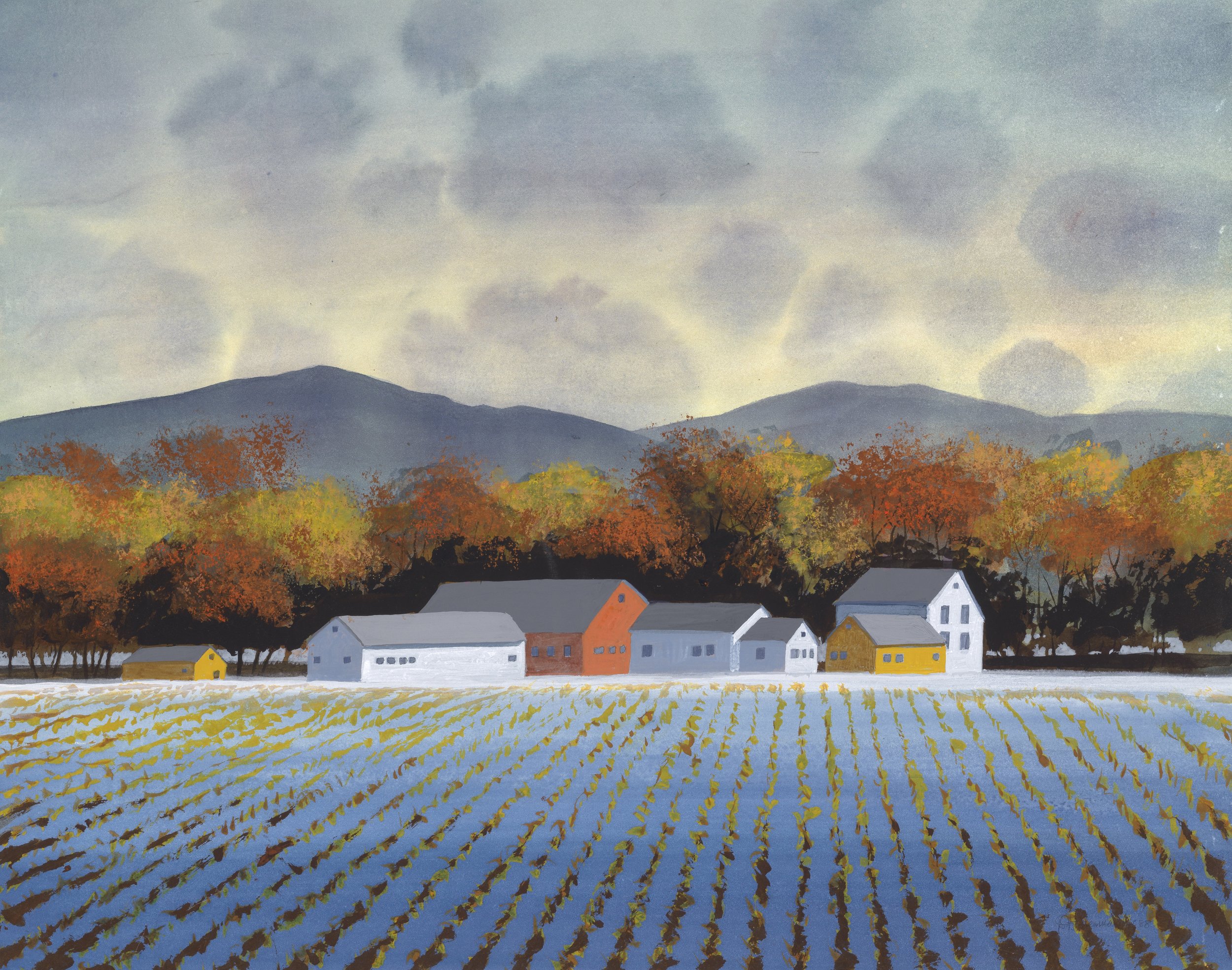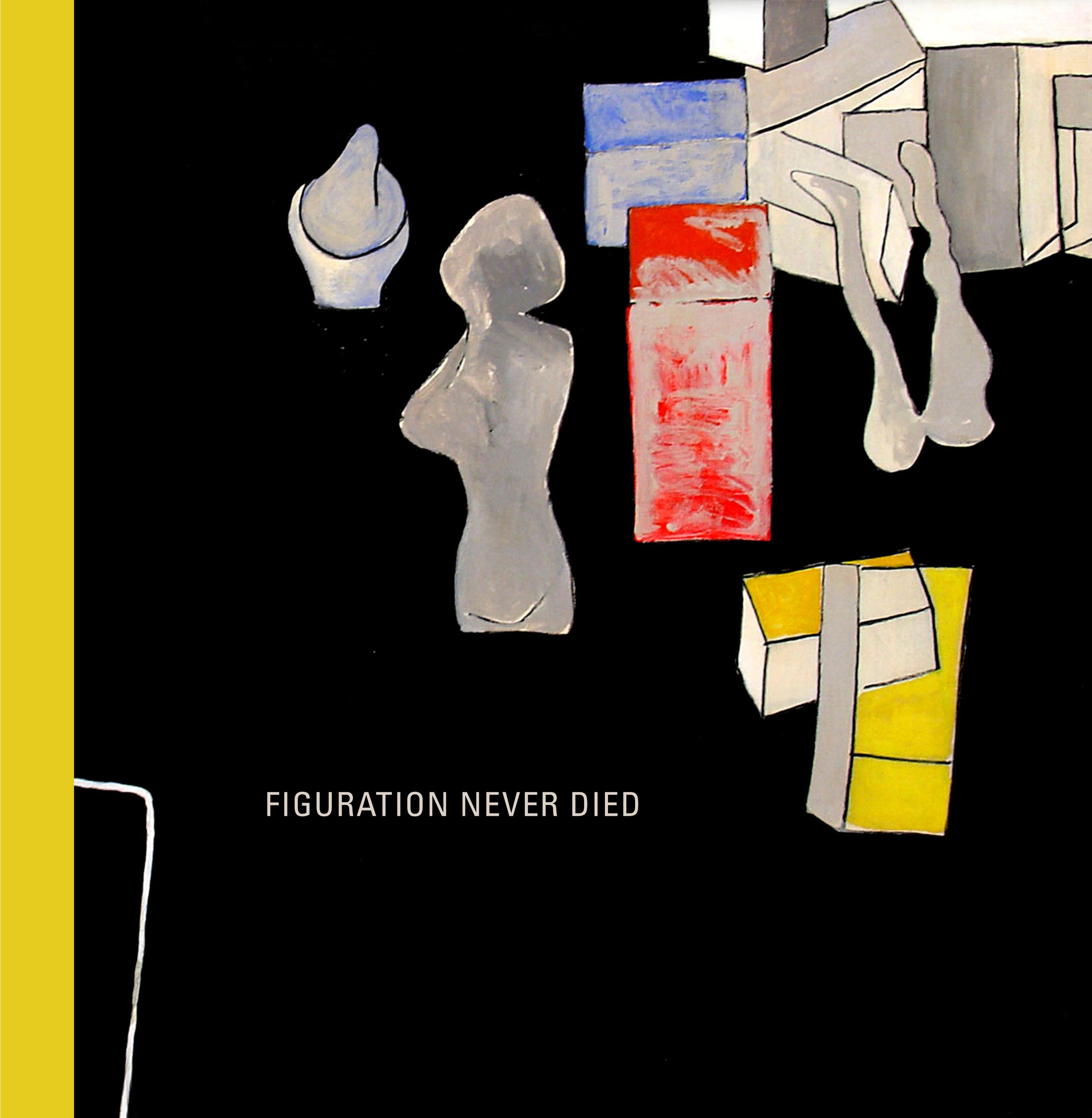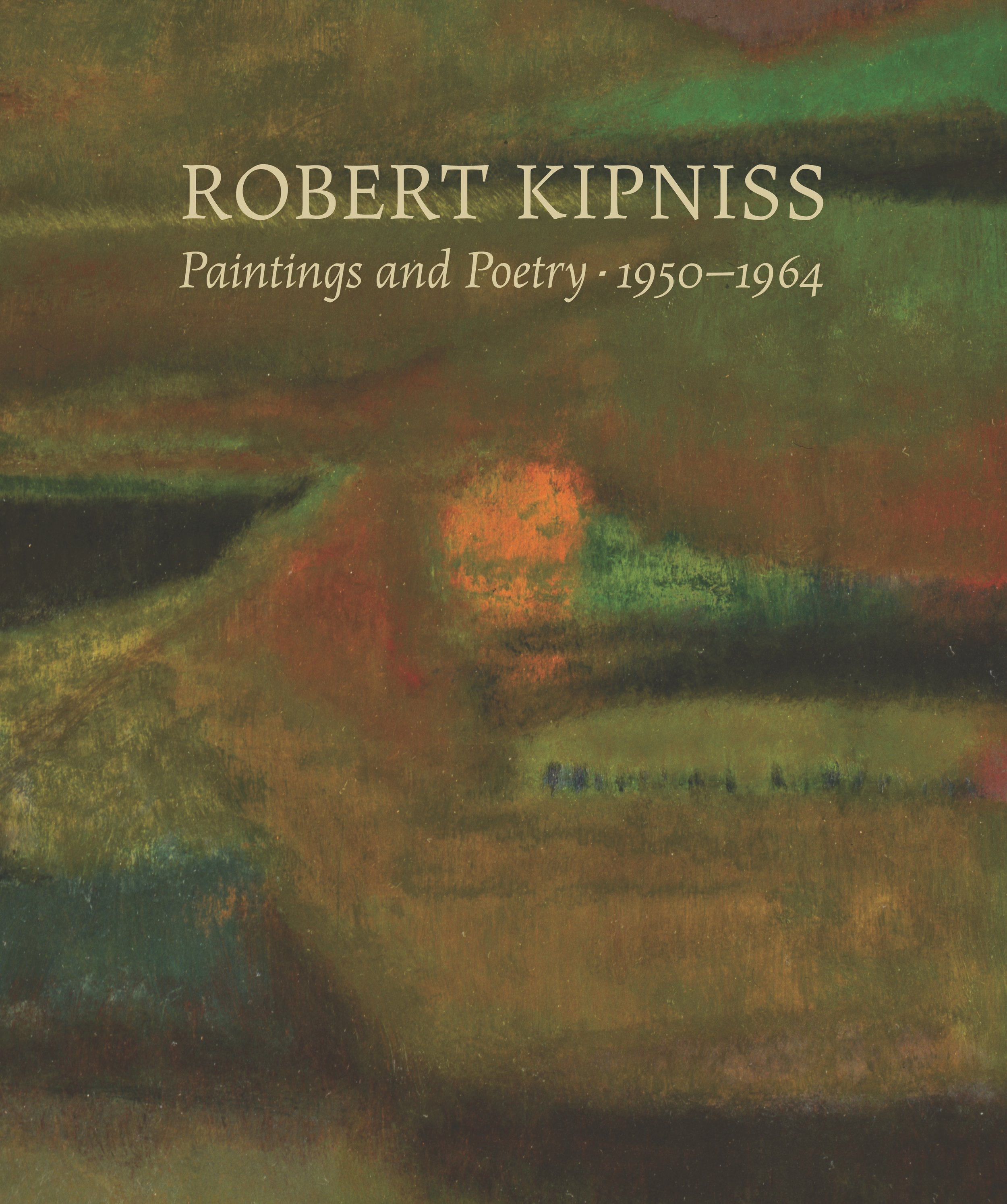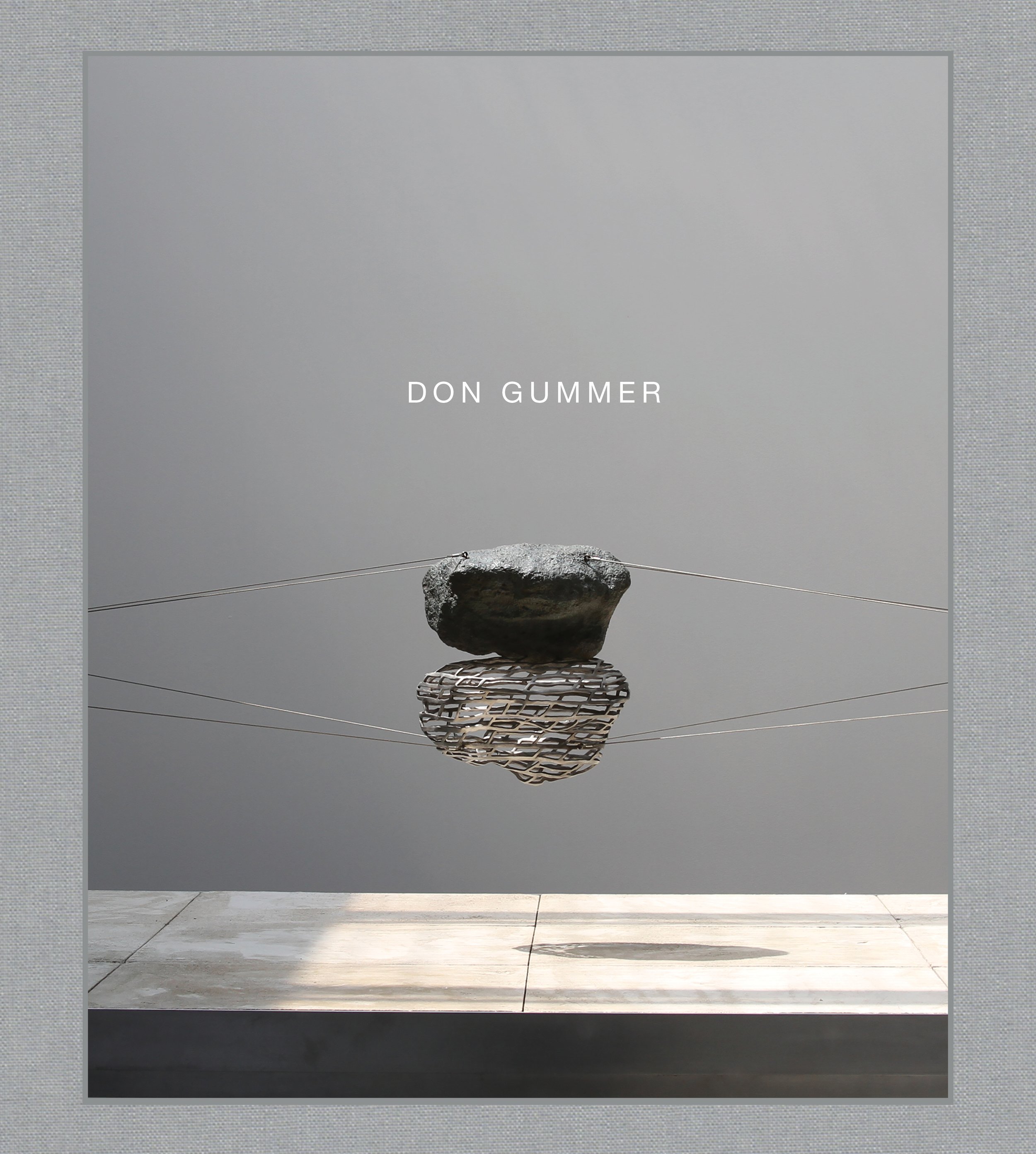HODERMARSKY
HODERMARSKY
PREFACE BY: DUNCAN CHRISTY
ESSAYS BY: ALLISON RUDNICK AND
KAT LEE
INTERVIEWS BY: ANNA HAMMOND
WITH STEPHEN HANNOCK AND
MICHAEL TRACY
Hodermarsky’s service in World War II left an indelible mark on his life and art.
His distinguished teaching career culminated at Deerfield Academy where he founded the school’s art department, served as its chair, and was the director of the Hilson Gallery (now the von Auersperg Gallery).
Hardcover
11 x 11 1/2 inches
180 pages
150 color plates
ISBN: 978-1-7329864-6-6
$50 | £40 | €48
Daniel Hodermarsky (1924 –1999) was the son of Slovak immigrants who emigrated from Hačava to settle and work in the coal fields of Pennsylvania and later in the auto-manufacturing industries of Ohio. He served in World War II on the Western front and was awarded two presidential citations, two Croix de Guerre, and one combat star. He returned home with severe and persistent post-traumatic stress disorder that left an indelible mark on his life and art.
Hodermarsky had a distinguished teaching career at the Cleveland Institute of Art from 1957 to 1969. Throughout the 1960s, he taught in Cleveland’s public schools and started an art program for inner-city youth under the Federal Title 3 Act to promote integration through arts education. From 1969 to 1989 he taught at Deerfield Academy in western Massachusetts, founding its art department and serving for several years as department chair and director of the school’s Hilson Gallery (now the von Auersperg Gallery). He mentored notable artists, including Stephen Hannock and Michael Tracy.
Throughout his career, Hodermarsky’s work embraced both the representational and the abstract. His early works experimented with new media (such as Dayglo paint) and new styles such as Op Art and performance. In the 1970s and beyond, he engaged landscape—rural, urban, and imaginary—wherein he explored the interplay of terrain (land or water, horizon, and sky). The human figure—Slovak farmers, wounded or dismembered soldiers, and mythical and historical figures—were among his favorite subjects. He was fascinated by how age, human nature, and personality combine to create the physical form. His eclectic themes mirror his own unique complexities and experiences. Later in his career, he focused on abstract works that reflect the intricate spaces of both his psyche and shared human experience.
A deeply spiritual man with a strong religious faith, Hodermarsky’s abstract paintings ask the existential questions that have challenged humankind across millennia. By showing us his own experience of these great mysteries, his art underscores life’s abiding beauty. Over his long career of interpreting the world in which he lived, Hodermarsky invites us to inhabit a realm filled with joy, reverence, and passion.
Duncan Christy is a creative writer, editor, playwright, musician, and content producer for traditional and digital media, and live performance. Allison Rudnick is Associate Curator for the Department of Drawings and Prints at the Metropolitan Museum of Art and is responsible for the visual culture and ephemera collection. Kat Lee, a registered drama therapist, is a specialized clinician who works at the intersection of creative arts therapies and trauma, helping clients to re-story traumatic experiences in their own voices and through creative processes. Anna Hammond is the founder and CEO of Matriark, which addresses the crises of food waste and food insecurity. She was the executive director of the Sylvia Center in New York City, a nonprofit that teaches the connection between food and health through nutrition-focused, culinary-based training. She also served as deputy director of Yale University’s art gallery.
Related Articles
Hodermarsky: A Brush of Resilience
Art Business News


















